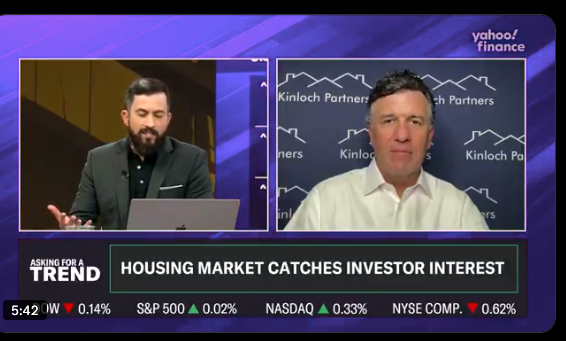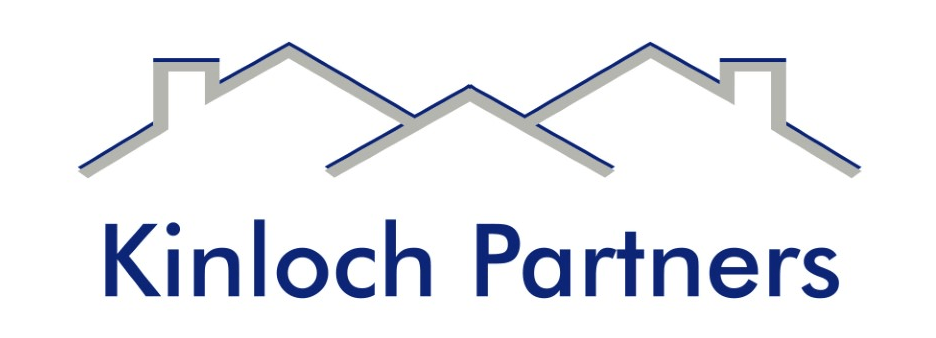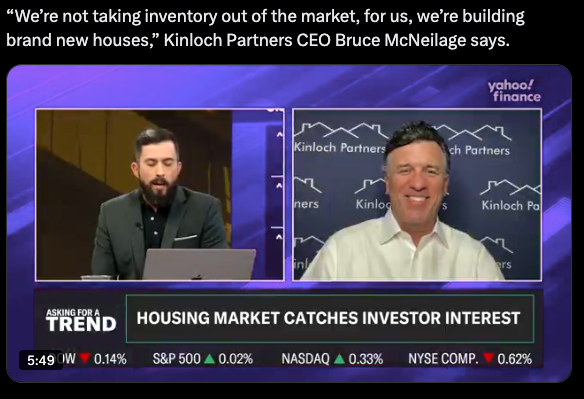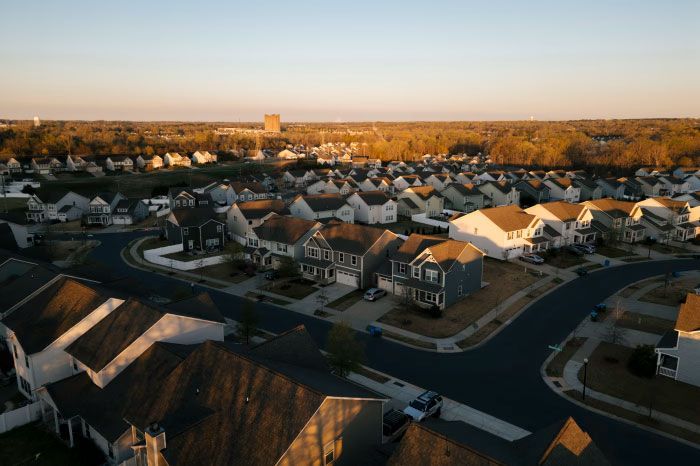Homebuyers feel pinch of higher prices, low inventory
Original article here: http://www.tnledger.com/editorial/Article.aspx?id=88551
Homebuyers feel pinch of higher prices, low inventory
Williamson’s average home price jumps $125K in 5 years
By Bill Lewis
When Will Burns bought his condo along a once-blighted stretch of Nolensville Pike near the Fairgrounds, he thought it would be a good investment. It turns out he was right.
Home prices in the nearby Woodbine neighborhood skyrocketed nearly 30 percent in the past year, according to a market analysis by the Layson Group, a Keller Williams real estate firm in Nashville.
“Across the street there was a business that sold used washing machines. Now it’s going to be shops and a restaurant,” Burns says of the changing neighborhood around his condo at the Park at Melrose Heights, located at 2197 Nolensville Pike.
Home prices are soaring in many neighborhoods across Nashville and Williamson County. As many as 80 people a day are moving to the region and are competing for the limited number of homes for sale.
“Inventory is getting lower. It’s astonishing,” says Realtor Sarah Layson, owner of the Layson Group. “If you have your home on the market, it might be gone in 24 hours. One client’s was gone in six hours.”
As demand for homes grows, so do prices.
— Michelle Morrow | The Ledger
The average home in Williamson County cost $308,310 five years ago. But that was before The New York Times proclaimed Nashville the new “It City.”
By March of this year, the typical price in Williamson County was $433,850.
In Nashville, the average price was $159,900 five years ago. In February, it his $235,000.
“Everybody wants Nashville,” says Bruce McNeilage, a partner in Harpeth Development along with Steven and Rachael Franks.
The company is building Solo East, a development of 130 condos at Litton Avenue and Gallatin Pike in East Nashville. Buyers snapped up most of them before construction began.
People moving to the region aren’t the only ones competing to buy homes.
So are business travelers who did the math and realized it’s cheaper to buy a house or a condo rather than to pay for a hotel room every time they come to the area.
“It was a no brainer,” says Scott Ferguson, who regularly travels to the city and purchased a Solo East Condo.
— Submitted
In Franklin’s Westhaven and Berry Farms master-planned communities, business travelers and retirees who are regularly in and out of town are purchasing condos built by Regent Homes.
Demand is also strong among full-time residents.
In Berry Farms, Regent Homes has sold 21 condos and is launching 27 more. With prices ranging from the $230,000s to $299,900, they are priced below the city’s median home price, which was $418,282 in February.
“They released them 10 days ago, and I’ve already sold half of them,” Realtor Jeffrey Caruth says.
Jimmy Clary, Nashville’s chief deputy assessor of property, has a bird’s-eye view of rising home values. In 2013, the appraised value of residential property in the city – not counting apartments – was $40.5 billion.
When the city conducts its periodic reappraisal next January, he expects that number to be 35 percent higher.
— Submitted
“We have areas that are probably going to go up 45 percent,” he explains. “I’ve been here 39 years and I’ve never seen anything like this.”
During the last appraisal – 2013 – values went up an average of 5.3 percent. The largest previous jump in values was in 1997, when appraised values went up 33 percent, Clary says.
The combination of growing demand and a limited supply of homes for sale is pushing buyers in Nashville and Williamson County into new frontiers.
Buyers are competing for the opportunity to live in neighborhoods previously plagued by neglect or in houses built in fields where not long ago farmers planted crops.
Inside Nashville, the neighborhood with the fastest-rising prices isn’t Belle Meade or Green Hills. It’s East Nashville’s Cleveland Park-McFerrin Park neighborhood, home of the Pharmacy and many other popular restaurants.
Prices skyrocketed almost 40 percent in the past year, figures provided by Layson Group reveal.
— Submitted
Other neighborhoods with the fastest-rising prices, according to the Layson Group, are:
— Woodbine-Elm Hill – 29.6 percent
— Germantown-Salemtown – 29.1 percent
— West End-Edgehill – 28.3 percent
— Bordeaux-Bells Bend – 27.4 percent, according to the Layson Group.
“It’s a revitalization of the core” of the city,” Sarah Layson says.
In Williamson County, development is pushing south of Franklin along the route of I-65 and State Route 840.
Home prices in rural College Grove have surpassed those in Franklin.
Thanks to development of The Grove luxury gated golf community, the average price in College Grove averaged more than $554,000 in February.
In Franklin, the price was $418,282, according to the Williamson County Association of Realtors.
In rural Arrington, a community between Franklin and Murfreesboro best known as the home of Arrington Vineyards, the median home price in February was $561,500, according to the WCAR.
Related Articles
In the community’s newest development, Hideaway at Arrington, prices are expected to range upward from $750,000.
It will have 482 homes built around a golf course. The property once was the home of country music star Tanya Tucker.
Soaring prices are good news for sellers but create difficulty for buyers.
“It’s almost to the point that if you live in certain neighborhoods, someone’s knocking on your door offering to buy your home,” McNeilage says.
“But unless you’re moving outside the city, you might not find another one,” he adds.
Jim Shulman, an at-large member of the Metro Council, has a suggestion for ensuring workers can afford to live near their jobs.
He introduced a resolution encouraging the city to transform unused buildings into affordably priced housing.
“People sell their homes and then cannot afford to buy in their same neighborhood,” he explains. “… As much as we like new development and the opportunities that it brings, it should also scare us.
“If we keep seeing prices go up, will people be able to stay in their homes? Will people be able to buy homes? If people are forced to move further away from their jobs, we don’t have the transit options in place to handle the increased traffic,” he points out.
Converting unused Metro government buildings and vacant schools into affordably priced condos and apartments would create housing while preserving those buildings, Shulman says.
“The need is dire. We all need to be thinking through this issue for the short and long term benefit of our city,” he adds.
Meanwhile, buyers and developers keep finding new, unexpected places. Southeast Venture, for example, plans to build 600 residences on a derelict riverside industrial site at the intersection of 51st Avenue and Centennial Boulevard.
That development is in Nashville’s Nations neighborhood, once best known as home to Tennessee’s state prison. The prison closed in 1992.
In the past five years, nearly 700 homes have been built in the neighborhood, about six miles west of downtown off Charlotte Pike.
A few blocks from Southeast Ventures’ site, MiKeN development has begun construction of the Phoenix at 51st and Illinois avenues.
The three-story mixed-use building will feature shops, dining and 17 apartments ranging from 450-square-foot micros to 700 square feet.
Rents in the Phoenix are expected to range from $1,000 to $1,300.
A few miles to the east on Nolensville Pike, Burns is watching the transformation of the neighborhood around the Park at Melrose Heights.
In a neighborhood once known for outlets selling used appliances, used tires and used cars, Burns had an only-in-Nashville experience when he heard recording artist Abigail Washburn, who is married to banjo virtuoso Bela Fleck, perform at nearby Flatrock Coffee, Tea & More, located at 2640 Nolensville Pike.
He’ll soon have new neighbors. Demand has been so strong that developer HND Realty is adding 70 condos to the 80 already completed at the Park at Melrose Heights.
“They’re basically doubling the size of the place,” Burns says.
















